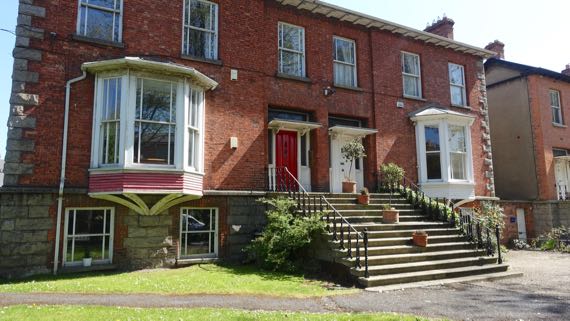
Our first destination…well, mine turned into take a nap. Apparently, a solid nine hours overnight was not enough. Time change triumphed.
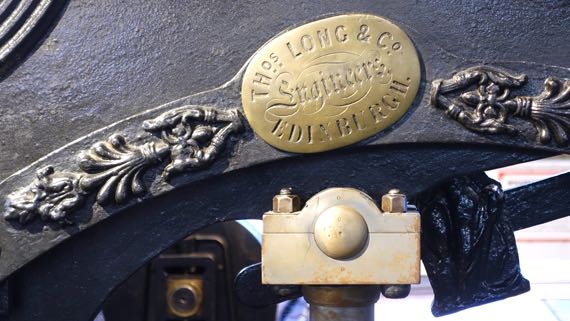
Renewed, we headed southeast to the National Print Museum. They don’t have much space, but they have quality machines and displays. This is a printing machine that Thomas Long made, copying one made by George Clymer, called the Columbian Printing Press. Clymer worked in Philadelphia.

Long even copied Clymer’s eagle counterweight. I checked, and it’s a faithful copy. Both Clymer’s and Long’s look too long-necked to me. More like a vulture?
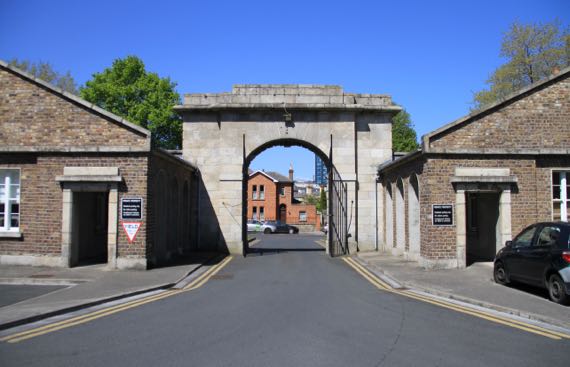
The museum is in the former Beggars Bush Barracks, now repurposed for an array of offices, etc. This is where in January 1922 English troops handed over control to the new provisional Irish government. It was a big deal in the history of Irish Independence, of course, the exit of the English military (which had plenty of Irish troops). This is the main gate, looking out at the civilian world.

Heading back to the core of town, we crossed the Grand Canal. There was a marsh-edged creek here. This canal goes all the way west to the River Shannon, and it transformed the transportation network when it operated. I have read that the last working barge used it in 1960.
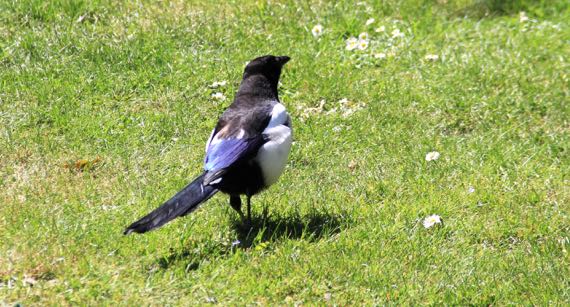
We had planned our visit to the Printing Museum, but didn’t plan a next stop. We decided to head toward the Library I saw on my Google Maps, as I remembered that’s where the Kells manuscript was. En route, we passed through Merrion Square, a lovely park. We saw several magpies (love the blue feathers).

And this statue, labeled Grattan. I tried to be a wag and allege that he was a potato magnate.
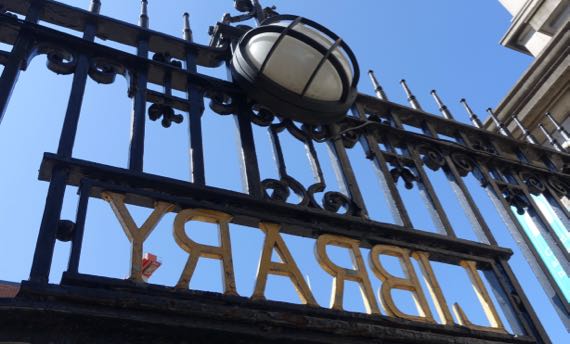
The gate leading from the sidewalk to the National Library of Ireland has this imposing label. And this is the roof of the reading room. I wasn’t supposed to take it. I was looking up at the gorgeous architecture, and not at the signs. Oops. I don’t know how they could control all the readers working on their laptops and keep them from surreptitiously using their laptop cameras. Not my problem.
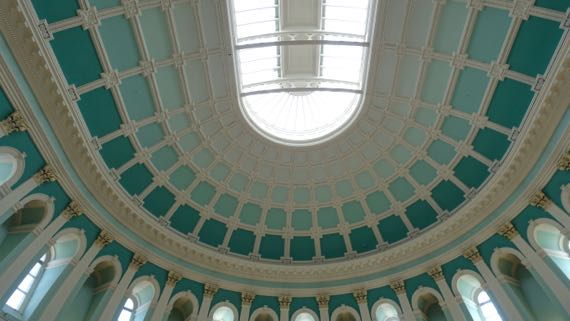
So, interesting as it was, that was not the right library to accomplish our mission. Turns out the Kells library is a Trinity College building. We headed over. Note the line, so obvious as we got close to the right library and the right doorway. And a ticket is a substantial €11. We sat in the sun for a while, like hundreds of others, pondering the decision to enter for a long hour or to keep walking. We decide to continue our stroll: sunshine.
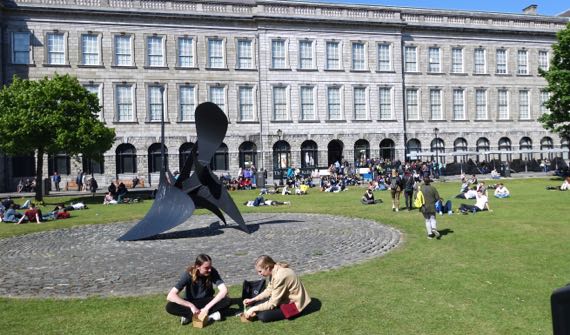
Our route cut through the maze of narrow streets that must be an old medieval neighborhood and is now called Temple Bar.
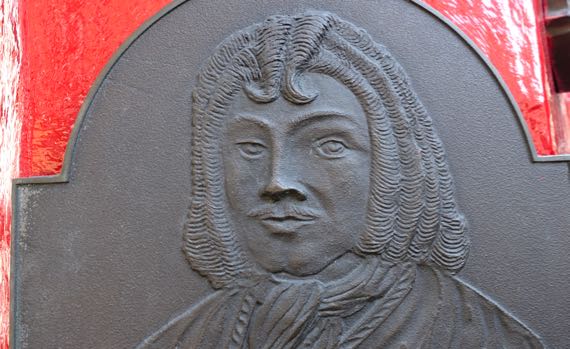
This is Mr. Temple (1555–1627). He built a house here on reclaimed land (previously a marsh along the Liffey), on a street soon called Temple Bar. The Bar refers to a point of land just above water, as in the phrase “sand bar.” Now, of course, there’s no Temple house, and there is a tavern with Irish folk music acts…and many other bars. And no trace of a marsh.
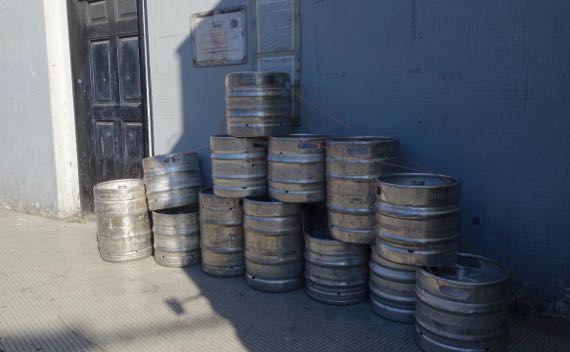
As we moseyed on, we found this unintentional Irish street art installation.
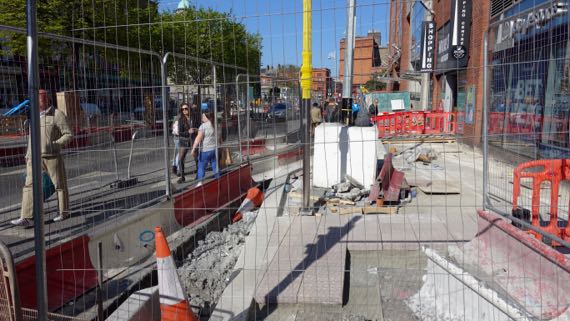
Our neighborhood is a scramble of construction zones. The project is to install new tracks and sidewalks for the trams. Meanwhile, there are bus-only lanes, lanes that have been repurposed for pedestrians, and little room for construction workers, pedestrians, or vehicles. Most of Dublin’s population seem to get around on buses, on foot, with a solid sprinkling of bicycles and delivery trucks. Everyone seems very tolerant and patient with the complexities of the current street navigation irregularities. Especially the jay-walkers.
We are headed to the room to take off socks and shoes and elevate the tired dogs. Naturally.
4 May 2017 at 8:42 am
Pooh says:
Maybe the “eagle” counterweights are actually cormorants, catching a few sunbeams on their wings?
4 May 2017 at 2:52 pm
Sammy says:
Everyone calls them eagles, despite their non-eagle-ness. Maybe the sculptor didn’t know eagles from cormorants?